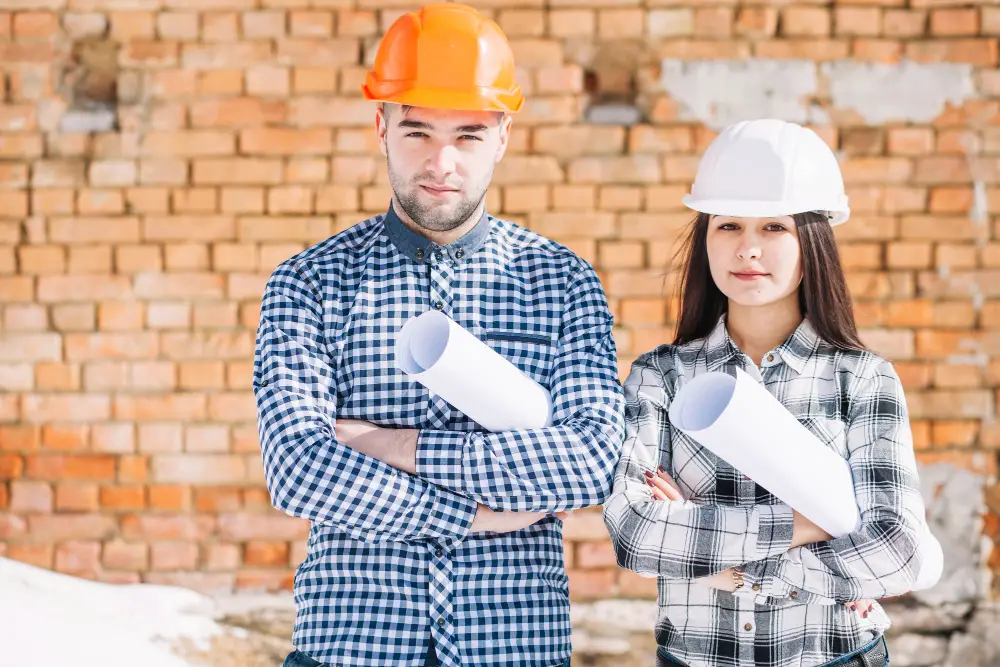Last updated on
Rebuilding your home after a flood is a journey filled with challenges, yet it’s also an opportunity to not just repair but improve and strengthen your living space. In the wake of such events, homes in areas like Wichita, Kansas, have seen transformations that not only restore their former glory but also bring them into the future with enhanced resilience and modern upgrades.
This process goes beyond replacing what was lost—it’s about reimagining what your home can be. It involves making strategic decisions, from selecting the right contractors who understand the nuances of flood recovery to integrating improvements that will stand the test of time and nature.
As you navigate through insurance claims and sift through various contractor bids, there’s a silver lining: the chance to create a space that’s more in tune with your current needs and future aspirations. Whether it’s installing energy-efficient appliances or redesigning your living space for better functionality and aesthetics, the path to rebuilding offers a canvas for innovation and personal expression.
Let’s explore how to navigate this path with purpose and vision, turning the aftermath of a flood into a stepping stone toward creating your ideal home.
What's Inside
Partnering with Experts

The aftermath of a flood necessitates a thorough assessment of the damage. Companies like Flood Pros specialize in evaluating the extent of water damage, identifying areas that require immediate attention, and proposing effective solutions to mitigate further risks.
These professionals have the tools and expertise to detect hidden damage that homeowners might overlook, such as structural weaknesses and lingering moisture that could lead to mold. By relying on experts for this critical first step, you ensure that the rebuilding efforts are based on a comprehensive understanding of the damage and necessary repairs.
Prioritizing Safety and Health Hazards
Before diving into the reconstruction process, it’s paramount to address any safety and health hazards. Electrical systems must be checked by a qualified electrician to prevent shocks and fires. Similarly, gas leaks need immediate attention to avoid explosions.
Structural damages, including compromised foundations and walls, require assessment by a structural engineer to ensure the home is safe to inhabit. Mold prevention and remediation are also crucial; left unchecked, mold can cause serious health issues. Professional services can help address these concerns effectively, ensuring a safe environment for your rebuilding efforts.
Documenting Damage for Insurance Claims

A critical step in the aftermath of a flood is documenting the damage meticulously for insurance purposes. Take detailed photos and videos of all affected areas and belongings. These visual records, along with written notes detailing the extent and nature of the damage, will be invaluable when filing your insurance claim.
Keeping an organized record of all communications with your insurance company is also advisable to facilitate the claims process. This documentation will prove the damage, helping ensure a fair assessment and compensation for your losses.
Developing a Rebuilding Plan with Flood Resilience in Mind
When planning your home’s reconstruction, it’s wise to incorporate flood resilience measures. This might mean using flood-resistant building materials or adjusting the home’s layout to minimize future flood risks. Elevating electrical outlets, appliances, and heating systems can also prevent damage in case of another flood.
Such strategies not only make your home safer but can also reduce insurance premiums and increase property value. Consulting with professionals who have experience in flood-resilient construction can provide you with viable options that suit your home and budget.
Updating Home Improvement Priorities
Post-flood reconstruction is an opportune time to rethink your home improvement priorities. Consider integrating flood resilience measures such as improved drainage systems, sump pumps, and waterproofing measures for basements and lower floors.
Additionally, if your appliances and systems have been damaged, upgrading to more energy-efficient models can enhance your home’s sustainability and potentially reduce future utility costs. This strategic approach not only addresses immediate repair needs but also prepares your home to better withstand future flooding events.
Navigating Financial Assistance and Resources
Rebuilding after a flood can be financially daunting. Fortunately, there are federal and local assistance programs available to help homeowners through the process. FEMA, for example, offers various forms of aid to those affected by natural disasters, including grants for home repair.
Additionally, local community organizations often provide resources and support for rebuilding efforts. Understanding and accessing these resources can alleviate some of the financial burdens of reconstruction, allowing you to focus on creating a stronger and more resilient home.
Reimagining Your Space During Reconstruction
After a flood, as you stand in the midst of what was once familiar, the opportunity to rebuild opens up a realm of possibilities that may not have been considered before. Whether it’s adopting an open floor plan that invites more light and space into your home, selecting modern, resilient materials that stand up to future challenges, or finally creating that home office or studio you’ve always wanted, this is your canvas.
Engaging with design professionals during this phase can be incredibly rewarding. They can offer not just creative ideas but also practical advice on making your space more functional, sustainable, and aligned with your vision.
This reconstruction period is a powerful moment to reflect on what truly matters to you in a home. It’s a time to infuse your space with new energy, to build not just a house but a haven that resonates with your personal taste and supports your lifestyle in every way. Embrace this moment to craft a home that’s rebuilt and reimagined to be everything you’ve envisioned and more.
The Takeaway
Rebuilding and improving your home after a flood is undoubtedly challenging, but it also presents a unique opportunity to enhance its resilience, functionality, and beauty. By carefully selecting the right contractors, prioritizing improvements that increase flood resistance, navigating financial assistance, and embracing the chance to reimagine your space, you can transform a difficult situation into a positive outcome.
Remember, the goal is not just to restore your home but to make it stronger, more efficient, and more reflective of your personal taste and needs. With careful planning and a positive outlook, you can emerge from the flood recovery process with a home that is better prepared for the future and more enjoyable to live in.




